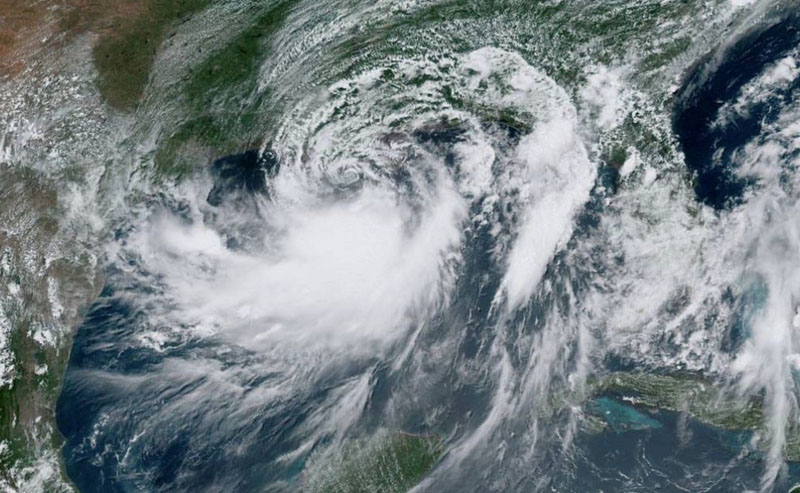Hurricane winds. Torrential rain. High storm surge. There was a lot of talk about the potential for these things last week as Barry, a tropical storm turned hurricane, strengthened in the Gulf of Mexico and set its sights on Louisiana. Weather experts, emergency management, law enforcement, and even Louisiana’s Governor, believed the storm could be packing a punch, and they wanted everyone to be prepared. After all, Barry was the first hurricane of the 2019 Atlantic hurricane season, and the fourth one to ever make landfall on the Louisiana coast in the month of July.
Fortunately, Barry only reached category one status (and then only briefly) as it made landfall near Intercoastal City, Louisiana, on Saturday, July 13, 2019.
That’s not to say that contending with Barry was a snap. It clearly wasn’t. High winds downed power lines and trees, and damaged homes and businesses. Flood waters overtopped levees and made many streets impassable. There were even a few water rescues (by boat and air), and some people had no place to go but local shelters. Still, it could have been worse. A whole lot worse.
Two factors made all the difference for Louisianans. First, there was plenty of advanced warning about the storm so people had ample time to prepare. Some boarded up their homes; others piled sandbags; several stocked up on essentials and braced for the storm’s impact; and many followed mandatory evacuation orders, leaving areas along Louisiana Highway 315 in Terrebonne Parish. Louisiana also declared a state of emergency in advance of Barry’s arrival, ensuring its readiness to respond to a “worst-case” situation. The National Guard was called in, and the State’s Emergency Operations Center was activated.
Second, the storm didn’t wallop the State like everyone anticipated. The hurricane quickly weakened to a tropical storm with sustained winds averaging around 60 mph. Rainfall was heavy, but far less than predicted for most areas. Many were expecting 20-25 inches of rain, but received 10-12 instead. One location reported receiving 17 inches of rain, but it was definitely the exception.
Now that Barry is long gone, Louisianans should give themselves a pat on the back for a job well done. They heeded the warnings, took the necessary safety precautions, and remained focused throughout the storm (even though it wasn’t nearly what they expected). Today they’re cleaning up and moving on, proving to everyone (yet again) their state’s resilience.
Of course, Louisianans, like all those living along the Gulf Coast, know that the 2019 Atlantic Hurricane Season is far from over. The season runs through November 30 and usually doesn’t peak until late August/early September. That said, Barry may have been a nuisance but it was a great exercise in preparedness for what may be yet to come.






